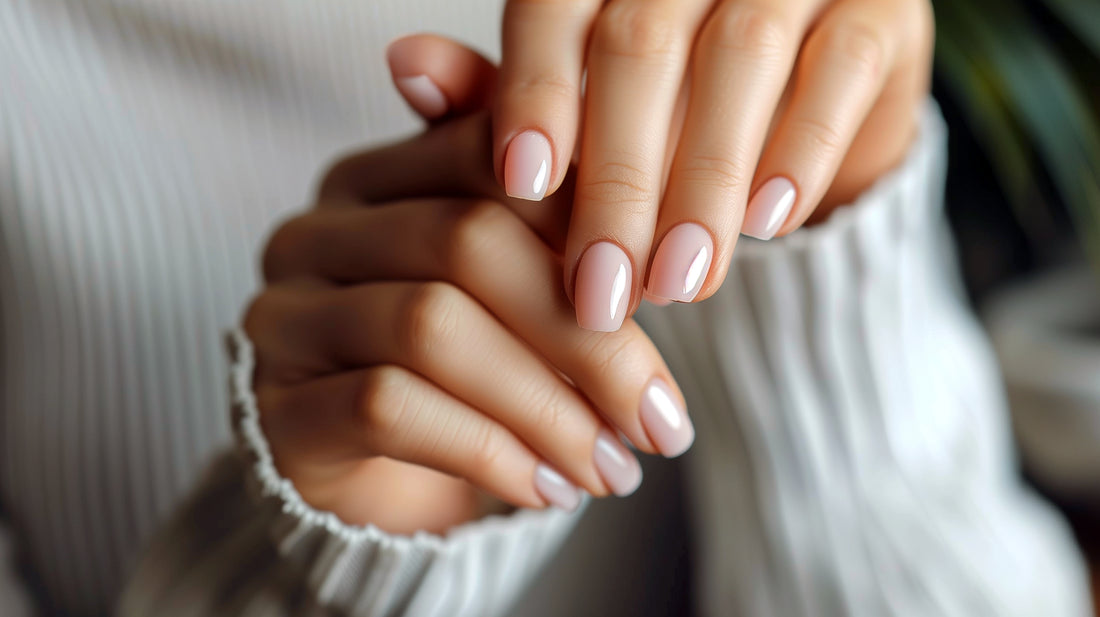
Common Nail Allergies and How to Avoid Them
Share
Nail care is a big part of looking and feeling fabulous, but it can sometimes come with a side of allergic reactions. Understanding what might be causing those itchy, red, or swollen reactions is key to keeping your nails—and your whole self—happy and healthy. Here’s your guide to dodging nail allergies and picking safer options.
Common Nail Allergies
Allergic Reactions to Nail Polish Ingredients
Nail polishes are loaded with chemicals, and some of them might not play nice with your skin. Here are a few troublemakers:
- Formaldehyde: This hardener can cause irritation, redness, and itching. Not fun!
- Toluene: A solvent that might cause respiratory issues and make your skin more sensitive.
- Dibutyl Phthalate (DBP): Used to make your polish flexible, but it might give you rashes or breathing problems.
Gel and Acrylic Nail Allergies
Gel and acrylic nails can also be culprits:
- Methacrylate Compounds: These can cause dermatitis, redness, and swelling.
- Cyanoacrylate: Found in some acrylic nail adhesives, this can lead to allergic contact dermatitis.
Allergic Reactions to Nail Glue
Nail glue can be sneaky too:
- Contact Dermatitis: This causes itching, redness, and swelling around your nails.
- Respiratory Issues: Inhaling fumes from nail glue can sometimes lead to breathing problems.
How to Avoid Nail Allergies
Choose Hypoallergenic Products
Look for nail products labeled as hypoallergenic or free from common allergens:
- Formaldehyde-Free: Lots of brands offer formulas without this ingredient.
- Toluene-Free: Make sure your products are labeled toluene-free.
- DBP-Free: Many new nail products skip DBP to keep things safer.
Patch Test New Products
Before going all in with a new nail product, do a quick patch test:
- Apply a small amount to a hidden part of your skin.
- Wait 24 to 48 hours to see if any irritation pops up.
Opt for Natural or Non-Toxic Alternatives
Try these gentler options:
- Water-Based Nail Polishes: These are free from harsh chemicals and easier on sensitive skin.
- Plant-Based Nail Products: Some brands offer natural nail polishes that are less likely to cause problems.
Avoid Frequent Use of Artificial Nails
Constantly putting on and taking off artificial nails or extensions can up your chances of developing allergies. If you’re having issues, give your nails a break and switch to natural care products.
Maintain Good Nail Hygiene
Keep your nails—and your tools—clean to avoid irritation:
- Avoid Sharing Tools: Use your own nail files, clippers, and buffers.
- Keep Nails Dry: Moisture can lead to infections or increase sensitivities.
- Clean Your Tools Regularly: Disinfect to keep bacteria at bay.
Consult a Dermatologist
If you think you’re having an allergic reaction to nail products, a dermatologist can help you figure out what’s going on and suggest the best products for your skin.
Dealing with nail allergies can be a drag, but with a little care and the right products, you can enjoy gorgeous nails without the hassle. Stick to hypoallergenic products, test new items first, and keep your nail routine clean and simple. If symptoms persist, don’t hesitate to see a healthcare professional. Here’s to beautiful, allergy-free nails!
